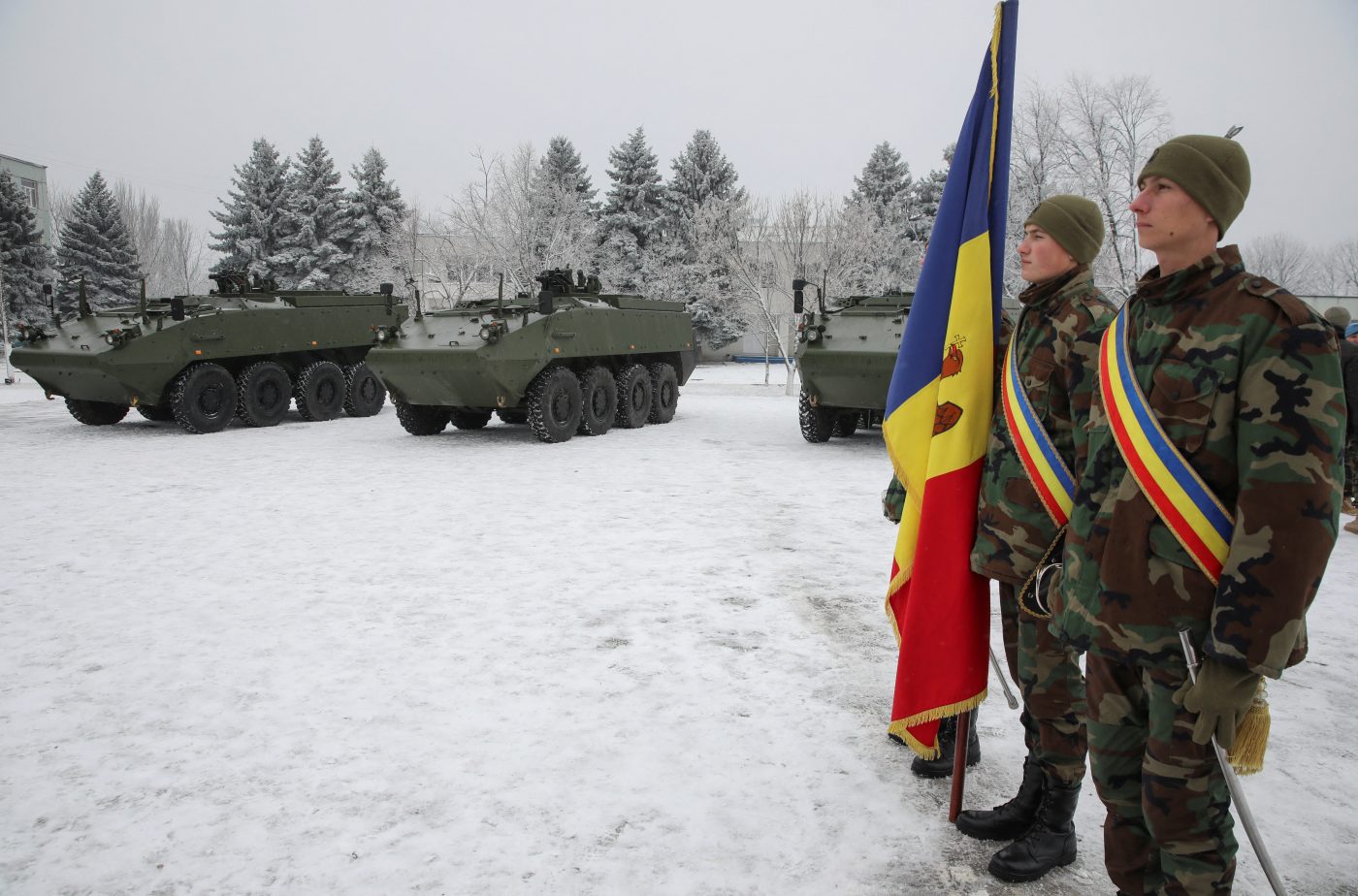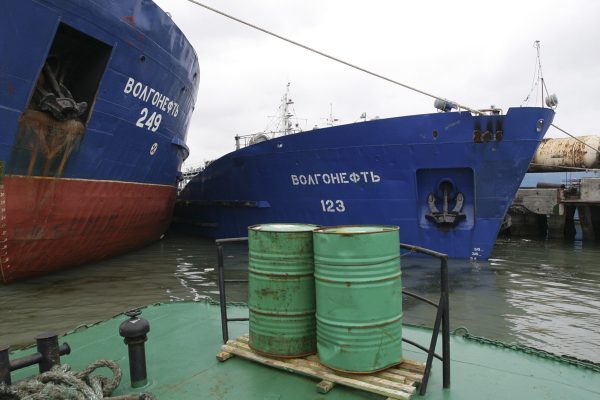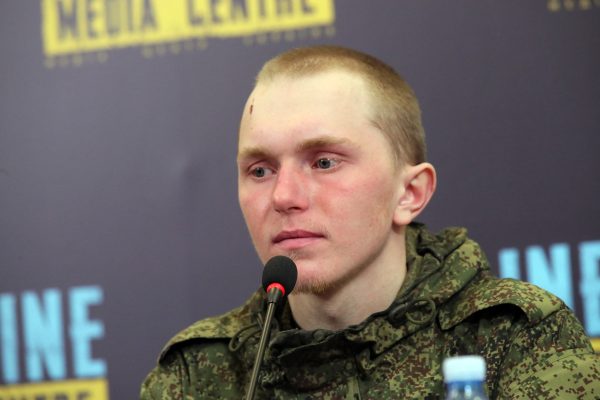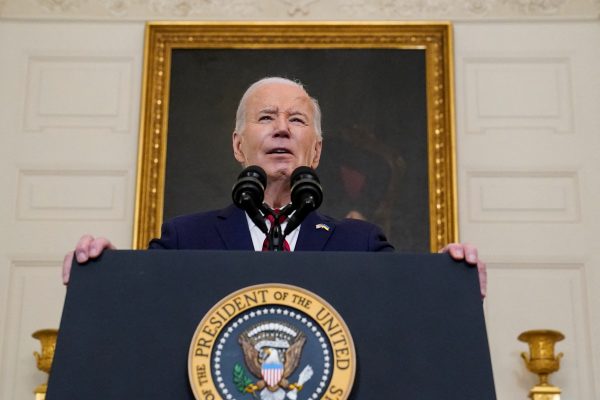The second European Political Community (EPC) summit met in Chișinău on June 1, with 45 leaders from across the continent gathered to express solidarity with Ukraine and demonstrate a shared commitment to Moldova, even as Russia works on its destabilization.
And yet it still seems not to have dawned on many that had Russia triumphed and subjugated Ukraine, Moldova would have been the next target. At best, it would have permanently lost the breakaway Transnistria region and been forced to install a puppet government.
In February 2023, the President of Moldova made a series of alarming accusations against Russia, saying that it had launched a plot to use foreign saboteurs to overthrow the government. The motive behind this scheme was to hinder Moldova’s progress toward European Union (EU) membership and exploit it as a pawn in the ongoing conflict with Ukraine. Reporting has indicated extensive activity by Russian intelligence services to influence elements of the Moldovan opposition.
Moldovan authorities expressed concern following Russia’s unannounced military maneuvers in the breakaway region of Transnistria in late April. Adding to this, the retired US general and former CIA Director David Petraeus also emphasized the vulnerability of Moldova to potential threats. As a result, Poland has recently announced that it donated a shipment of lethal aid including weapons, ammunition, and equipment to strengthen Moldova’s police force.
Squeezed between Ukraine and the rest of Moldova, Transnistria, has been a source of conflict for decades. In 1990, Transnistria declared its independence from Moldova, leading to an armed conflict that lasted until a ceasefire was declared in 1992. To this day, around 1,500 Russian soldiers remain stationed there as “peacekeepers,” despite repeated calls by Moldova’s government to end the occupation. The continuing frozen conflict could erupt at any moment if Russia decides to act, and the battlefield might include a vast ammunition store from Cold War days whose detonation would register on earthquake monitors.
Moldova’s current foreign policy and attempts to strengthen ties with NATO may also be perceived as a threat to Russia’s interests. As Moldova pursues a pro-Western, Euro-Atlantic course, tensions with Russia continue to simmer. The situation in Moldova is delicate and volatile.
Mikhail Galuzin, the deputy head of Russia’s Ministry of Foreign Affairs, has ominously suggested that Moldova’s “Euro-Atlantic course” could potentially lead to a situation similar to Russia’s unprovoked invasion of Ukraine. This statement, along with similar remarks made by other Russian officials, seems to imply that Moldova’s neutrality is at risk. For example, Russia’s foreign minister, Sergei Lavrov, accused Moldovan authorities of being anti-Russian and trying to “cancel all that is Russian.” These statements suggest that Russia may view Moldova as a potential target for aggression, just as it did with Ukraine before the invasion.
On September 5, 2022, Russian President Vladimir Putin signed into law a document called the “Concept of Humanitarian Policy of the Russian Federation Abroad,” intended to be a part of Russia’s national security strategy and foreign policy. The aim of Russia’s “humanitarian policy” is to preserve and promote the values of the “Russian World,” this concept is being used to justify Russian intervention in other countries like Ukraine.
Since gaining independence from the Soviet Union in the 1990s, the Republic of Moldova has struggled to align itself with the East or the West. Its proximity to Russia, internal power struggles, Soviet legacy, reliance on external powers, and tumultuous history as a sovereign nation have made it both necessary and difficult for Moldova to modernize its military on its own.
Moldova’s armed forces are small, with about 6,000 active personnel. It has struggled to modernize — much of its hardware dating back to the 1960s and 1980s. The military has had to sell or retire many of its assets, including combat aircraft and other kit.
While Moldova’s Ministry of Defense announced plans to modernize after Russia’s 2014 invasion of Ukraine, few of these plans were realized. And while the 2024 defense budget will expand by 68%, compared to 2022, this actually translates to only about $80m, a mere 0.55% of the nation’s GDP.
This needs to change if Moldova is to provide a sufficient deterrent to Russian aggression. The country’s government and its Western friends should prioritize training and equipping Moldova’s armed forces with modern capabilities to enhance its effectiveness and interoperability. The success of Ukraine’s Western-oriented training program, which has provided a strategic edge against Russia, serves as a model. Major European powers should invest in a similar training initiative for Moldova, bolstering its military readiness and strengthening alignment with Western security frameworks.
Moldova is aware of the issue, especially under its new prime minister, Dorin Recean, a seasoned leader who was previously an esteemed national security advisor and interior minister.
During the Munich Security Conference in February, Moldova’s President Maia Sandu called upon NATO nations to provide Moldova with air defense systems. While the Moldovan government has not officially renounced its neutral stance, it is unequivocally signaling its desire for NATO support in the event of a heightened crisis. However, NATO has thus far agreed merely to provide Moldova with a new “non-lethal” aid package.
If one thing is clear from the all-out invasion of Ukraine, it’s that relatively small-scale investments ahead of time save the need for much greater aid after Russia invades or destabilizes. This approach not only safeguards Moldova’s independence but also sends a powerful message to Russia that the Western world stands united in resisting its imperial ambitions.
David Kirichenko is a freelance journalist covering Eastern Europe and an editor at Euromaidan Press. He can be found on Twitter @DVKirichenko.
Europe’s Edge is CEPA’s online journal covering critical topics on the foreign policy docket across Europe and North America. All opinions are those of the author and do not necessarily represent the position or views of the institutions they represent or the Center for European Policy Analysis.





